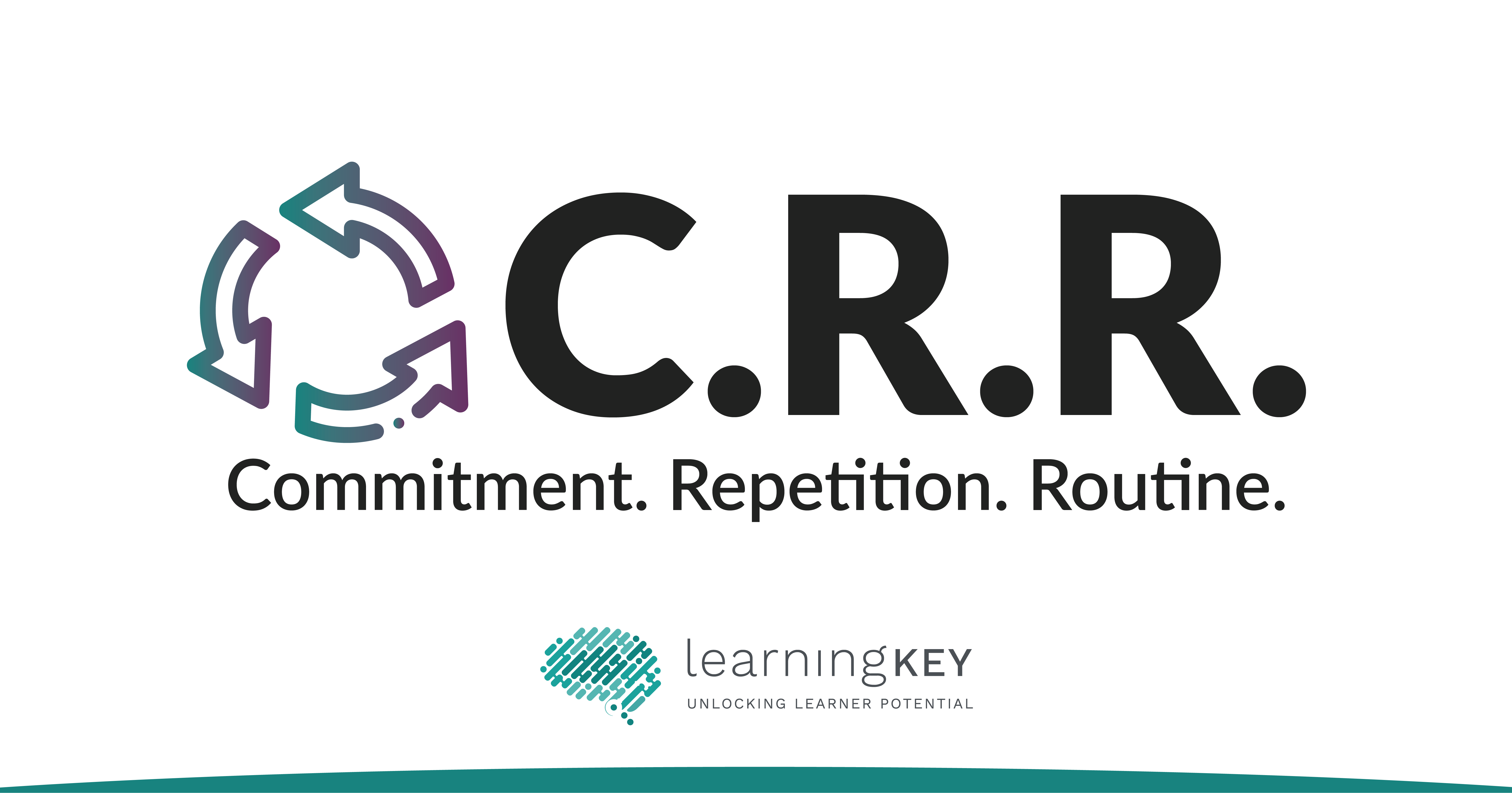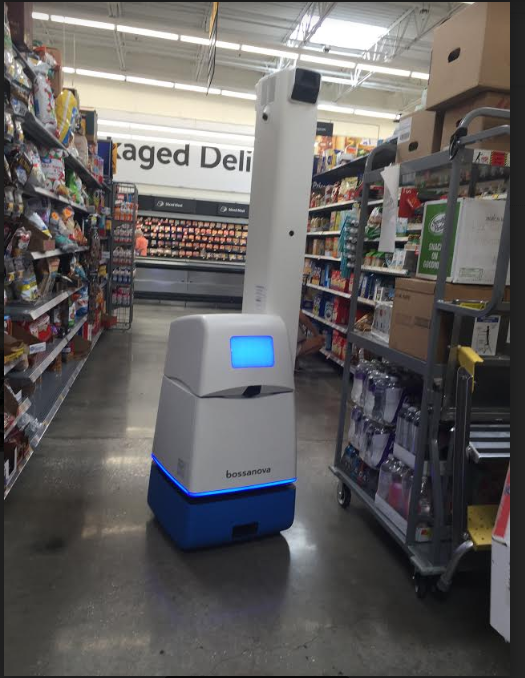online-learning
universal-design-learning
teaching
online-courses
Too often learning experiences are designed around the "average learner." This type of design generally consists of one way to learn the content (e.g., reading) and one way to express understanding (e.g., essay). The problem inherent in this design is that it is full of unnecessary barriers that leave many learners struggling to achieve the learning goal. By removing these barriers we create multiple paths that all lead back to the same learning goal. Continue reading...

education
udl
implementation
business
change
Last month we explored the concept of it not being about “the more you know” but rather about “the more you do.” You see, information and implementation are two entirely different things. Someone can possess knowledge of something and never apply it (case in point: we all know we should exercise, but do we actually do it?). Or, someone may start inspired but then lose momentum. Our clients or learners may also learn the information, but not fully implement it. Continue reading...

education
udl
implementation
business
In 1989 the slogan “The More You Know” emerged as a popular public service announcement to underscore the value of learning. The jingle and shooting star quickly became ingrained in our minds to signal that the more we know, the better our outcomes will be. While I believed in this mantra for a long time, the reality is that it’s not just about what we know that makes a difference in our lives. Knowledge is powerful, but it’s also only the beginning of the transformation journey. If we want deep-lasting change, we can’t just settle on what we know; we need to act on what we know. Continue reading...

learning
udl
online-business
online
One of the simplest yet most profound findings from the field of educational neuroscience is the fact that each of us learns in a different way. Intuitively we know this. In reality, however, we often fail to design for it. What we do instead is we tend to design for the so-called “average learner,” we teach the way we were taught or we teach the way that we learn best. We assume that this method will work for everyone else, but nothing could be farther from the truth. Continue reading...

online-learning
learning
universal-design-learning
education
online-courses
When we talk about visual aids in the context of learning we’re talking about anything that can help a learner grapple with the content — however simple or complex the topic may be. This can be a graphic, chart, image, etc. that you find online (just remember to cite or use open source!), or it can be something that you create yourself. Remember, variability is the norm and everyone learns differently. Supplementing your content with visual aids is essential in order to reach all of your learners — essential for some; good for all. Continue reading...

online-learning
learning
education
teaching
goals
Goals in education are exactly this: directing the learners’ aim and effort to produce a desired result of learning. By adding goals to our content we explicitly inform the learner of the important pieces of information in a specific unit, module, chapter, etc. Goals are like the tracks for the train; the destination on your GPS; the stars for the seafarer. They paint the big picture and help to prime and guide our learners. Continue reading...

online-learning
universal-design-learning
instructional-design
chunking
In the simplest terms chunking is breaking down something large into smaller, more manageable pieces. In the book Supercharge Your Professional Learning, the authors describe chunking as a “technique [that] can offset cognitive load and enable participants to retain more information because seemingly disparate pieces of information are grouped into smaller, more conceptual chunks” (Derbiszewska & Tucker-Smith, 2020). So, what does this look like? Continue reading...

learning
universal-design-learning
education
udl
expert-learning-material
Several years ago, as I was walking through a grocery store in Florida, I saw a smart machine that was working alongside human workers. When I asked the human employees about the machine, they quickly replied that it was one of their best employees: it always showed up on time, scanned all of the inventory correctly, and was efficient. Before the COVID-19 pandemic this was a novelty. It was pioneering technology that helped cut down on costs while increasing productivity. Continue reading...

online-learning
learning
universal-design-learning
Online learning is generally challenging for many reasons… for those of us who are accustomed to walking into a classroom, sitting down, listening and taking notes, online learning introduces a whole host of new potential barriers to learning. The online learning environment is especially difficult for those of us who aren’t technologically savvy. So, how can we help learners overcome these barriers? One simple and effective way is to use hyperlinks wherever possible. Continue reading...
